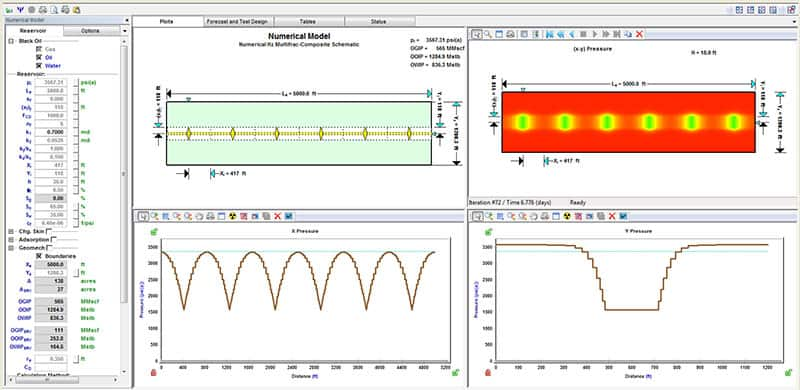Bakken Reserves could be negatively impacted by Artificial Lift
IHS Fekete Unconventional Community of Best Practice continues sharing insights on play development.
Through recent research conducted by the IHS Bakken Community of Best Practice, production data is suggesting that reducing flowing pressure too quickly may have a negative impact on how much oil a well will ultimately recover. While this behavior is often seen in conventional play wells that cone water leading to a well's demise, or highly over-pressured reservoirs where compaction or proppant crushing limit a well's drainage potential (e.g. Eagle Ford), the Bakken and Three Forks plays are not expected to be as susceptible to such behavior. Given this observation, producers in the play may need to take a more strategic approach to planning how and when to install artificial lift methods, such as submersible pumps or rod pumps in order to optimize reserves.
When looking at production data (production rate and flowing pressure), even at a monthly frequency, it's easy to observe when artificial lift methods have been applied. Sharp increases in production are often observed as pressures are reduced. Common practice for some Bakken operators is to start artificial lift by installing an Electric Submersible Pump (ESP) into the well for a period of time until rates drop, followed by installation of a rod pump which remains in operation until the end of the well's life. After the installation of an ESP, rates jump initially, but often subside to pre-pump levels within weeks of pump installation.
Evaluating just the rate data would suggest accelerated recovery of reserves, with the incremental volume of oil produced by the ESP more than covering its cost.
>Using complex analytical and numerical models to interpret production data (see image below), a behavior has been observed that indicates reduced reservoir performance from substantial drops in flowing pressure. Possible causes of these performance reductions could include:
- Migration of reservoir rock material towards the wellbore that prevent flow of fluids, known as fines migration, or,
- Crushing of proppant which reduces the effectiveness of the hydraulic fracture treatment, or,
- A reduction of the rock's ability to transport fluids to the fractures (permeability decay from increasing effective stress)
Sample of Bakken Reservoir numerical model to interpret production data
There could be other factors at work though, including an assumption that pressures measured at surface and converted to bottom hole pressure before the pumps are installed are valid. Understanding this behavior and the long term effects will require more analysis, and will require the consideration of what kind of proppants are used, or perhaps what rock stresses could contribute to pressure dependent behavior. This behavior is expected to vary from region-to-region. The addition of more wells to the Community of Best Practice database will provide more data for analysis, with the expectation that a better understanding of the cause and effect of these productivity changes will emerge… and will hopefully lead to the identification of the 'best practice' for artificial lift strategy in this play.
Posted 29 April 2014
This article was published by S&P Global Commodity Insights and not by S&P Global Ratings, which is a separately managed division of S&P Global.
